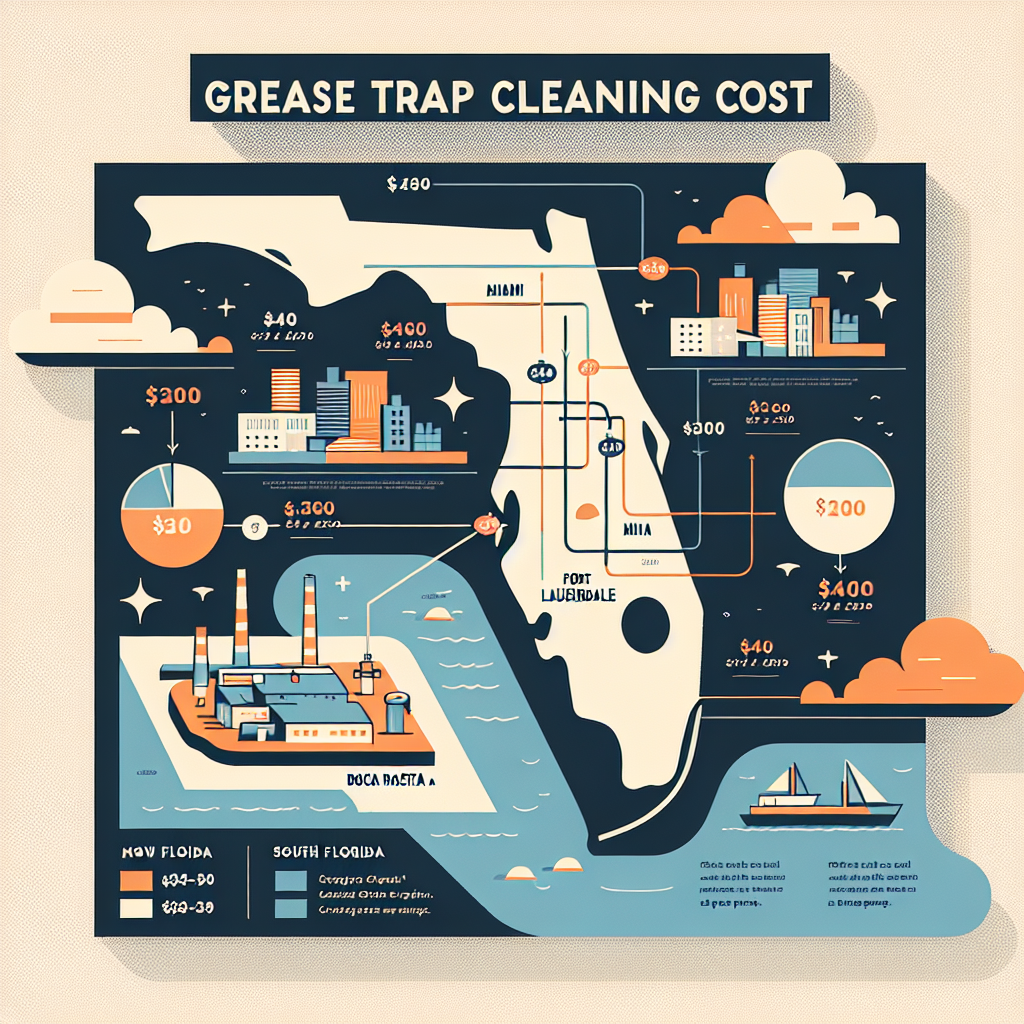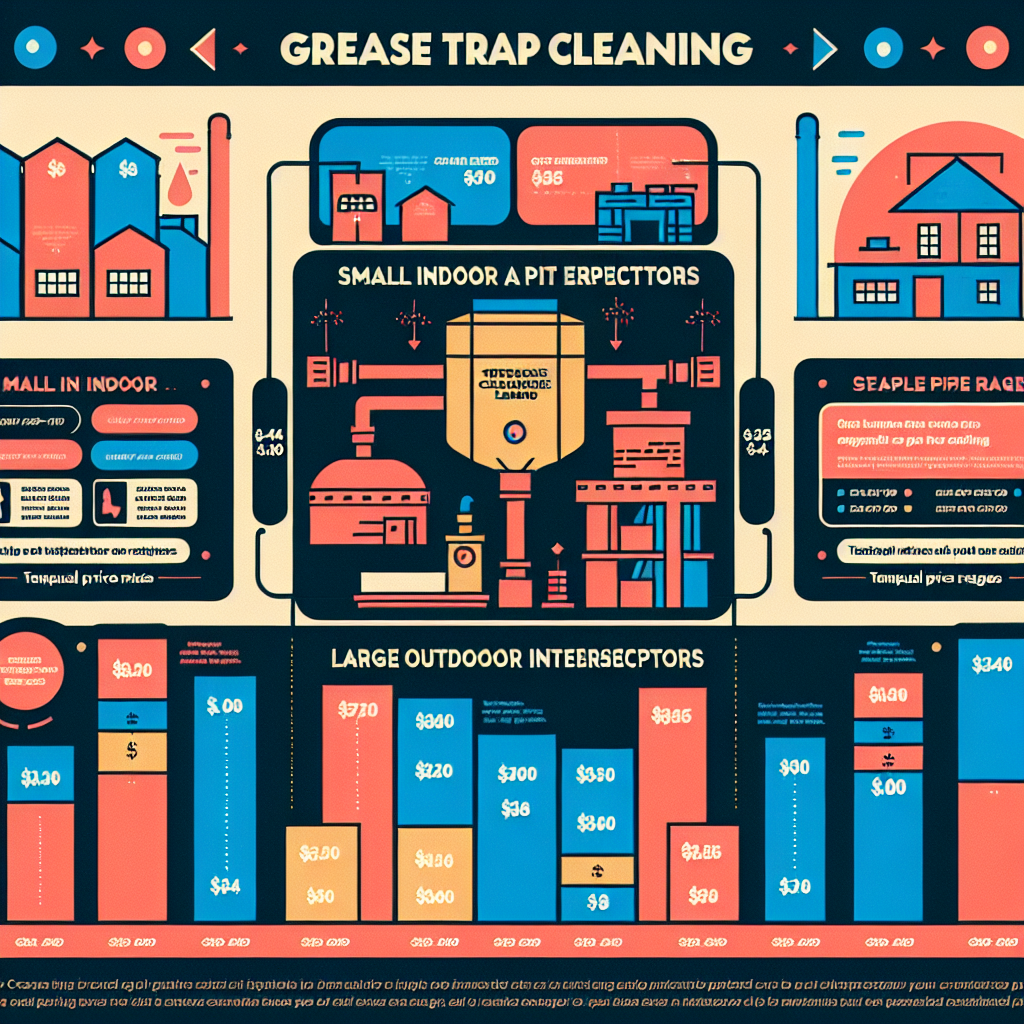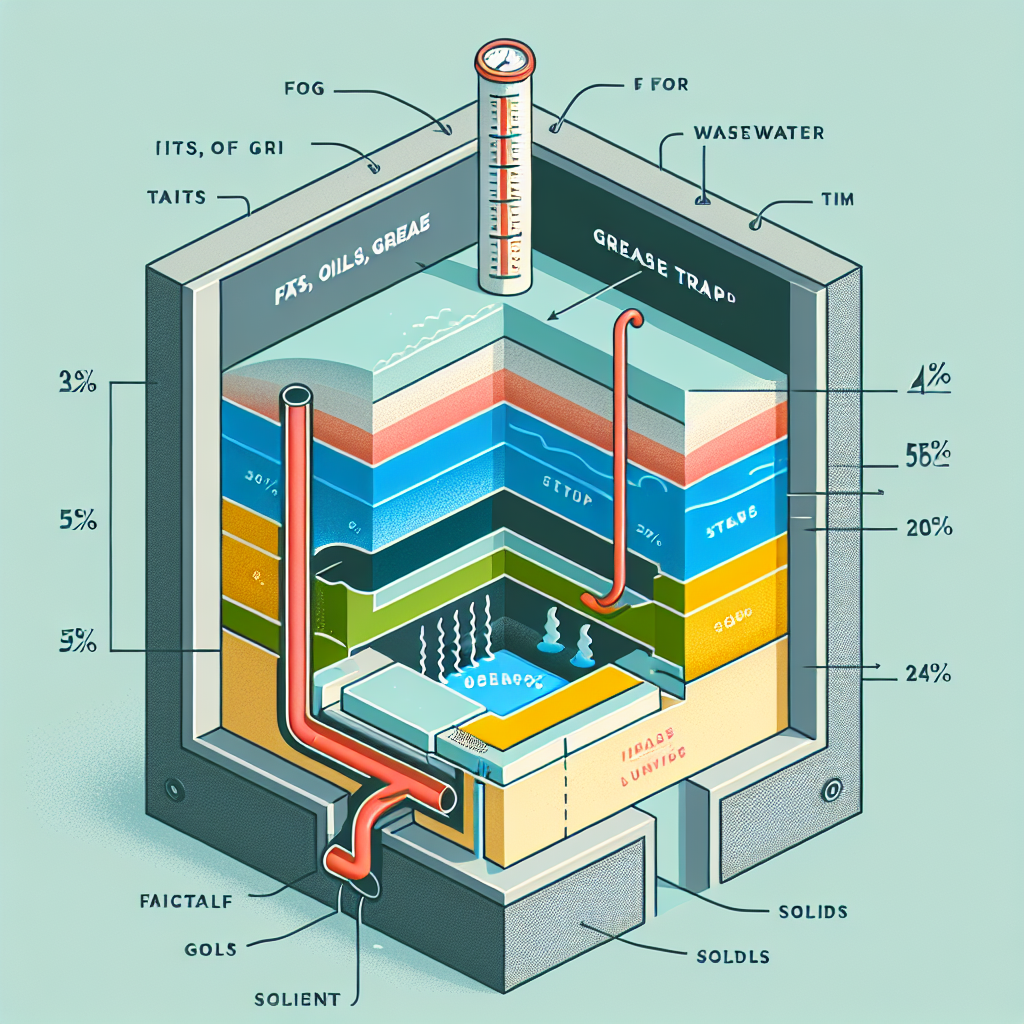Grease Trap Maintenance Schedule: Monthly Quarterly and Annual Tasks
Complete guide to grease trap maintenance schedule: monthly quarterly and annual tasks for South Florida restaurants.
We Handle Everything For You
We handle all the sourcing, negotiations, and logistics to find you the best grease trap service provider at the cheapest cost in your area.
Grease Trap Maintenance Schedule: Monthly Quarterly and Annual Tasks
Grease Trap Maintenance Schedule: Monthly, Quarterly, and Annual Tasks
Maintaining a grease trap is crucial for restaurant owners in South Florida to ensure compliance with local regulations and avoid costly repairs. This guide provides a comprehensive maintenance schedule, detailing daily, weekly, monthly, quarterly, and annual tasks to keep your grease trap in optimal condition.
Understanding Grease Trap Maintenance
Grease traps are essential for preventing fats, oils, and grease (FOG) from entering the sewer system. Regular maintenance is not only a regulatory requirement but also prevents blockages and foul odors.
Importance of Regular Maintenance
Daily and Weekly Maintenance Tasks
Daily Tasks
Weekly Tasks
Monthly Maintenance Tasks
Detailed Cleaning
Compliance Check
Quarterly Maintenance Tasks
Deep Cleaning
Equipment Check
Annual Maintenance Tasks
System Evaluation
Long-Term Planning
City-Specific Compliance
Miami
Fort Lauderdale
Boca Raton
Cost Transparency
Cost Breakdown
| Task | Frequency | Estimated Cost (USD) |
|---|---|---|
| Daily Inspections | Daily | Minimal |
| Weekly Grease Checks | Weekly | Minimal |
| Monthly Cleaning | Monthly | 150 - 300 |
| Quarterly Deep Cleaning | Quarterly | 300 - 500 |
| Annual System Evaluation | Annually | 500 - 1000 |
Budgeting Tips
FAQs
How often should you clean a grease trap?
Grease traps should be cleaned at least once every 90 days, but high-volume restaurants may require more frequent cleaning.
How much does grease trap cleaning cost?
Cleaning costs vary based on the size of the trap and location, typically ranging from $150 to $500 per service.
What are grease trap regulations?
Regulations vary by city and county, but generally include regular cleaning, maintenance logs, and compliance with local health department standards.
How does a grease trap work?
A grease trap separates FOG from wastewater, allowing cleaner water to flow into the sewer system while trapping grease for later removal.
What happens during grease trap cleaning?
During cleaning, a professional service will pump out the trap, remove FOG, and inspect for any damage or necessary repairs.
How to prevent grease trap overflow?
Regular maintenance, proper FOG disposal practices, and staff training can prevent overflow issues.
Conclusion
Maintaining a grease trap is essential for compliance and efficient restaurant operations in South Florida. By following this comprehensive maintenance schedule, restaurant owners can ensure their grease traps function properly, adhere to local regulations, and avoid costly repairs. For more information on local regulations, visit the [Miami-Dade County DERM website](https://www.miamidade.gov/environment/).
Related Grease Trap Resources



Need Professional Help?
Get expert grease trap services with transparent pricing and same-day availability.
Get Free Quote